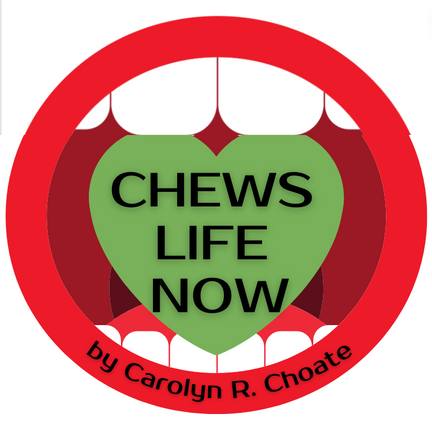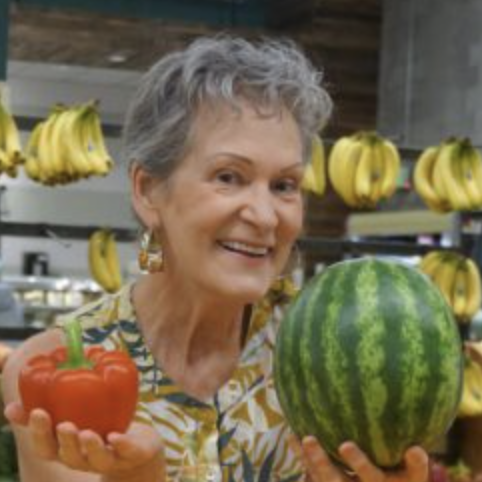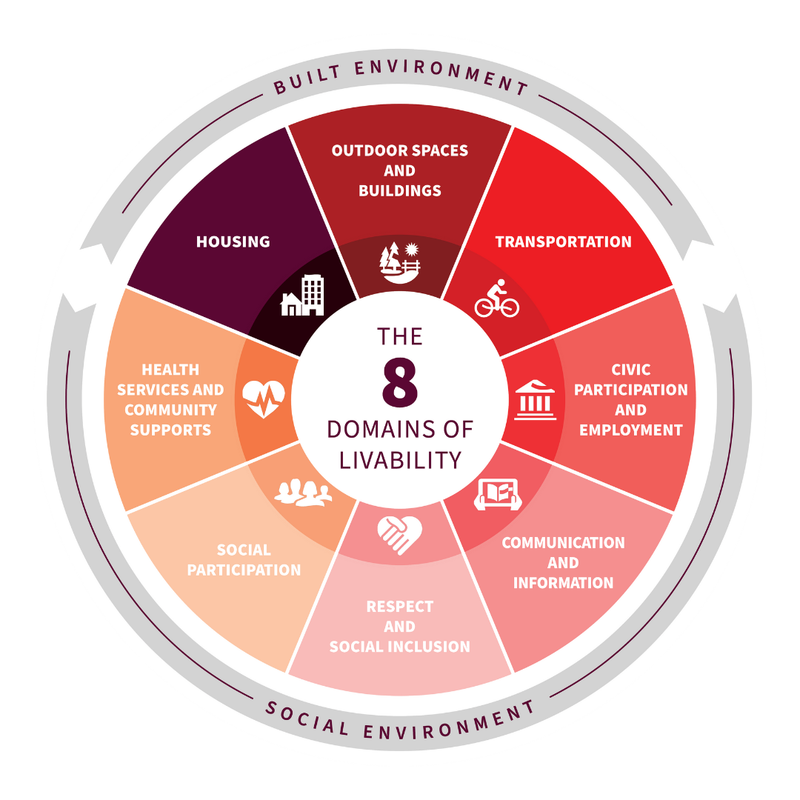Chews Life Now! Can you escape the plastic apocalypse?
Plastic. The world is swimming in it. Oceans. Landfills. Even our arteries. That, according to a recent study released in the March 7 edition of New England Journal of Medicine. Researchers studied the specimens of 304 patients who had undergone carotid endarterectomies – a procedure that removes p

O P I N I O N
CHEWS LIFE NOW
By Carolyn Choate

Plastic. The world is swimming in it. Oceans. Landfills. Even our arteries. That, according to a recent study released in the March 7 edition of New England Journal of Medicine. Researchers studied the specimens of 304 patients who had undergone carotid endarterectomies – a procedure that removes plaque from dangerously narrowing arteries in the neck to avert stroke and/or heart attack.
“Polyethylene was detected in carotid artery plaque of 150 patients (58.4%), with a mean level of 21.7±24.5 μg per milligram of plaque; 31 patients (12.1%) also had measurable amounts of polyvinyl chloride, with a mean level of 5.2±2.4 μg per milligram of plaque. Electron microscopy revealed visible, jagged-edged foreign particles among plaque macrophages and scattered in the external debris.”
I don’t know about you, but “jagged-edged foreign particles among plaque macrophages and scattered in the external debris” conjures up an image as grotesque as any man-made disaster on any terrestrial shore. Think Bruegel’s apocalyptic Triumph of Death on steroids.

Yet, every day, we kill ourselves softly.
For reference, microplastics are smaller than a sesame seed and can be further broken down to nanoplastics, undetectable by the human eye and able to enter cells and tissues.
How?
Drinking from plastic bottles. Scientists reported an average of 240,000 nanoplastics leaching from a one-liter plastic bottle of water. (Proceedings of the National Academy of Science, Jan. 2024) But back in 2017, Food Packaging Forum noted a German study in which carbonated waters have as much as nine times more nanoplastics confirming my own long-held belief that glass bottles with metal caps are the safest bet by far. (Sodas in plastic? Ditto.)
Eating food from plastic containers. I know it’s hard. Look at any aisle in the grocery store. Including meat and poultry, which is now known to have as many micro- and nanoplastics as seafood. All absorbing even more plastic from packaging and if prepared/chopped/diced on plastic cutting boards. (Ditch those nasty things!)
Food manufacturers have known forever that the acidic nature of tomato sauce breaks down plastic. Hence, you always see it sold in glass. So, what about yogurt? It’s naturally acidic but you never see it sold in glass. Food packaging experts say food grade polypropylene (PP) – #5 recycling code – is the safest plastic available today for human consumption. The worst, according to Environmental Science & Technology (2019) are (PVC) #3 and #7 the contents of which is not clear.
That doesn’t make (PP) good for the environment or yogurt good for you. You’ll recall that dairy products promote systemic inflammation which is the basis for diabetes, CAD, and cancer. Call it OCD or good old common sense, but I now avoid all food products sold in plastic and here’s the interesting thing: when eating a whole food, plant-based diet? There’s really, truly not much if anything I need or want that comes in plastic.
Here’s a few examples:
- Peanut butter? Glass
- Jelly? Glass
- Pickles? Glass
- Tea? Loose. (McGill University researchers reported 11.6 billion nonoplastic released using a single tea bag in a single cup of tea brewed at 203 degrees.)
- Heinz Ketchup? Glass (Ordering from Amazon whilst convincing area stores to carry those classic, healthier bottles. Is it me or have you noticed more mustard comes in glass than ketchup?)
- Preparing meals 85-90% of my meals with fresh fruit and vegetables since going vegan, my plastic consumption is way down.
However, as progressively anti-plastic as I am, there’s one area I have yet to master or see much movement on the horizon. Single-use plastic for grains and bread. Rice, beans, quinoa. Especially organic bread varieties. BTW: that Whole Foods’ own bakery doesn’t even bake organic bread anymore is just one of many disappointments since Bezos’ buyout in 2017. Under founder John Mackey – he’s still CEO – I could buy organic bread to my heart’s content and take it out of the store in a paper sleeve.
Other plastic perpetrators:
Dental floss. In the first study of its kind, a January 2019 report in Journal of Exposure Science & Environmental Epidemiology, showed that Oral-B Glide and competitor flosses contained detectable fluorine. Additionally, the results strengthen the evidence for exposure to PFASs from food packaging and implicate exposure from polytetrafluoroethylene (PTFE) – based dental floss.
Two plastic-free alternatives: bamboo and silk.
Dishwasher/Laundry pods. Researchers at Arizona State University and the California nonprofit Plastic Oceans International estimate that up to 75% of plastics from all detergent pods enter the environment. (2021)
As for the human toll, legislators in the state of New York are proposing a ban on the pods as studies suggest a connection between nanoplastics and Parkinson’s disease. Further, insidious residue has been found in women’s breast milk and placentas. (Bloomberg, Feb. 2024)
Let’s Take Out Takeout Plastic. Still buying takeout from your favorite takeout restaurant that uses plastic? When are you going to take a stand? Hundreds of people were involved in the Boston Tea Party. Just sayin’.
Stop believing in the recycling lie. In a 2022 report from the Organisation for Economic Co-operation – of which the United States is a member in good standing – just 9% of the world’s plastics are recycled, 19% is incinerated (a 1-2 environmental gut punch), and the rest just keeps filling up landfills.
Directly from your house, businesses you frequent, the entire industrial complex. We are all complicit.
Consider joining or sharing these grassroots nonprofit efforts and contacting your local/state/congressionally elected officials. Site our European counterparts who, in 2021, banned plastic cutlery, drinking straws, fast food packaging, to-go cups, and food containers made of polystyrene.
Don’t lose heart; so much depends on saving it.

You can reach Carolyn Choate at crchoate13@gmail.com





